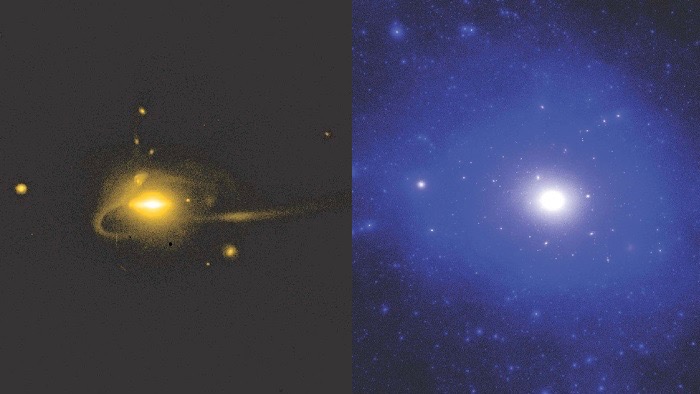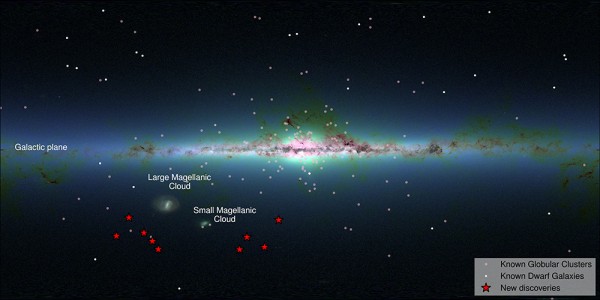
Astronomers have been pondering the puzzle of dwarf galaxies for some years. Standard cosmology predicts there should be hundreds of dwarf galaxies in orbit around galaxies like our Milky Way galaxy. But, so far, astronomers know of only about 50 small galaxies within about 1.4 million light-years of the Milky Way, and it’s possible they’re not all true Milky Way satellites. So where are the rest of the dwarf galaxies? Astronomical theorist Andrew Wetzel, who has a joint appointment with Carnegie Observatories and Caltech, thinks they might not need to exist, after all.
Wetzel ran a highly detailed computer simulation of a galaxy like our Milky Way. His statement from CarnegieScience said it makes:
… the most-accurate predictions to date about the dwarf galaxies in the Milky Way’s neighborhood. Wetzel achieved this by running the highest-resolution and most-detailed simulation ever of a galaxy like our Milky Way.
That’s a lot of superlatives, and time will tell if Wetzel’s work stands the test of time. For now, his findings are being published by The Astrophysical Journal Letters, a peer-reviewed journal. And, the Carnegie statement said:
Excitingly, his model resulted in a population of dwarf galaxies that is similar to what astronomers observe around us.
What does dark matter have to do with all this? The standard cosmological model – which is called the Lambda cold dark matter model – is what calls for the large number of (so far unobserved) dwarf galaxies.
In trying to explain why we see so few, astronomers have tried various theoretical tweaks to the model, but none of them could account for both the small number of dwarf galaxies and their properties, including their masses, sizes, and densities.
Also, some astronomers have tried to say that we just don’t have good-enough observing techniques to see all the dwarf galaxies that are out there. In recent years, as observing techniques have improved, more dwarf galaxies have been spotted orbiting the Milky Way, but still not enough to align with predictions based on standard cosmological models.

That’s why scientists have been honing their computer simulation techniques. They’re trying to bring the predictions of the theoretical models into better agreement with the observations. In particular, Wetzel and his collaborators worked on carefully modeling the complex physics of stellar evolution, including how supernovae – exploding stars – affect their host galaxies. Wetzel explained:
By improving how we modeled the physics of stars, this new simulation offered a clear theoretical demonstration that we can, indeed, understand the dwarf galaxies we’ve observed around the Milky Way.
Our results thus reconcile our understanding of dark matter’s role in the universe with observations of dwarf galaxies in the Milky Way’s neighborhood.
Want to know more about dark matter? The video below is a (very slow) primer!
Bottom line: The standard cosmological model – which is called the Lambda cold dark matter model – calls for a large number of (so far unobserved) dwarf galaxies. A new computer simulation from Andrew Wetzel of the Carnegie Observatories and Caltech suggests we might not need so many dwarf galaxies, after all.











